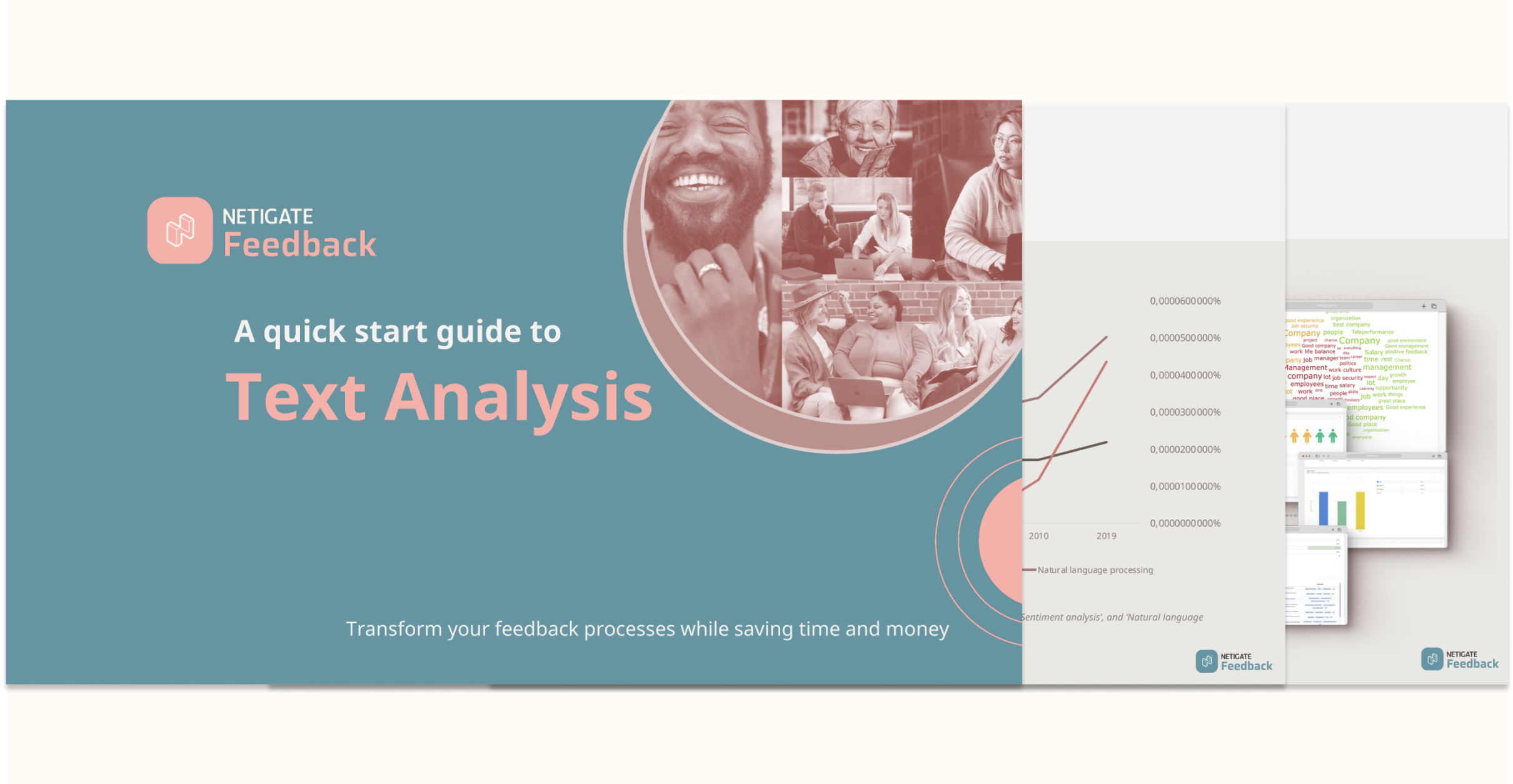Of course, everyone wants to collect as much detailed data as possible. But while statisticians might love large amounts of data, when it comes to creating a survey, fewer questions are usually better – as long as they are the right questions.
Companies that already have some experience with surveys have likely noticed that asking more questions doesn’t necessarily lead to more insights. On the contrary, too many irrelevant questions may make it difficult to evaluate data. Check out the tips below to learn how to align the right questions with the right goals, and be efficient in your survey development process.

How many survey questions are too many?
Statistics show that most companies have room for improvement when it comes to the efficiency of their employee engagement surveys. In fact, only 22% of businesses are getting actionable results. Customer surveys pose yet another challenge. More than 70% of consumers perceive surveys as an unwelcome interruption in their user experience.
There’s no question the number of survey questions has an impact on the response rate. You can read more about how to improve that particular aspect of your survey in the article 5 keys to improving survey response rates. However, in this article, we want to focus on how the number of questions and length of a survey can help you keep your research goals focused and deliver significant results.
Determining one central survey question
What is the purpose of your survey? The core purpose of your survey should be based on a single question, examined from several different perspectives. Ultimately, you are trying to gather insight about one specific point, and then all the rest of the questions are about adding nuance and detail to that answer.
While it might seem challenging to narrow down your focus, having a single objective will actually help you build and structure your survey. It is important for respondents to understand the purpose of your survey to avoid becoming distracted. Using models such as logic & branching or multiple choice can help you group questions and increase the data volume while keeping the survey length effectively brief.
Track the average answering time
Although you might be focused on collecting the right data, you don’t want to miss one important yet often neglected metric: The average time respondents spend answering the questions.
According to customer case studies, 52% of survey participants tend to drop out after spending more than three minutes on a survey. Keeping track of how long it takes to answer your questions will help you to adjust the survey if necessary. Make sure to choose a survey tool that will provide you with these insights.
Evaluate pulse surveys, NPS, and ESI
Some surveys cannot be short. For example, annual employee surveys or B2B partner surveys give survey respondents the opportunities to provide long-form answers. This kind of detail is hard to make up in other ways. Surveys like this give companies a bigger and more complete picture of their overall satisfaction, which helps them take immediate action.
But if a longer survey is not necessary, consider some shorter options. Pulse surveys typically consist of 5-15 questions and are dispatched at a higher frequency than annual surveys. Pulse surveys are also an effective way to collect critical data and more often. Shorter surveys, such as Employee Satisfaction Index or Net Promoter Score, are best for providing straightforward, real-time feedback.
Consider market research panels
Market research involves a substantial amount of data to make more informed decisions. However, market research surveys directed towards non-existing customers are also the surveys with the lowest response rates. Therefore, consumer panels are highly recommended. Reaching out to your target group via a panel provider will allow you to collect data from a group of people with chosen demographics. You can easily track demographics data in your analytics tool.
Ask the right survey questions
For survey newbies, or for those looking for a starting point for your next survey, modifiable survey templates are your best friends. Remember, you aren’t the first to conduct a survey. There are a number of service providers available to provide you valuable advice regarding best survey designs and the best course of action. Which question format has a similar industry / organisation type / target group used? Why not leverage professional expertise and read case studies and success stories? These resources can help you choose the right survey tool that just might make you the next success story.




